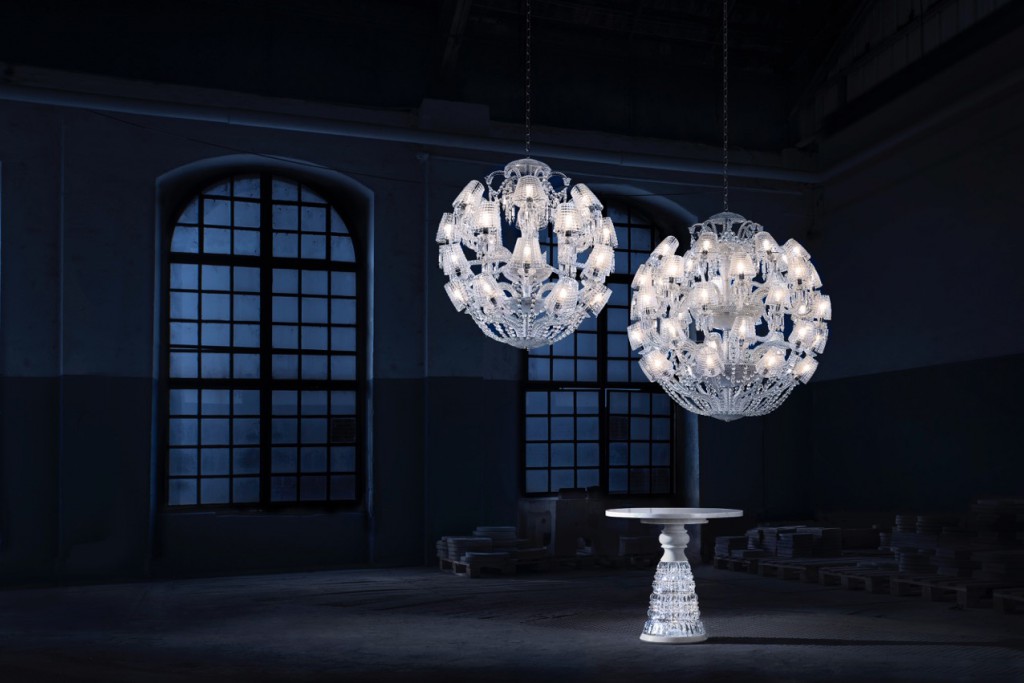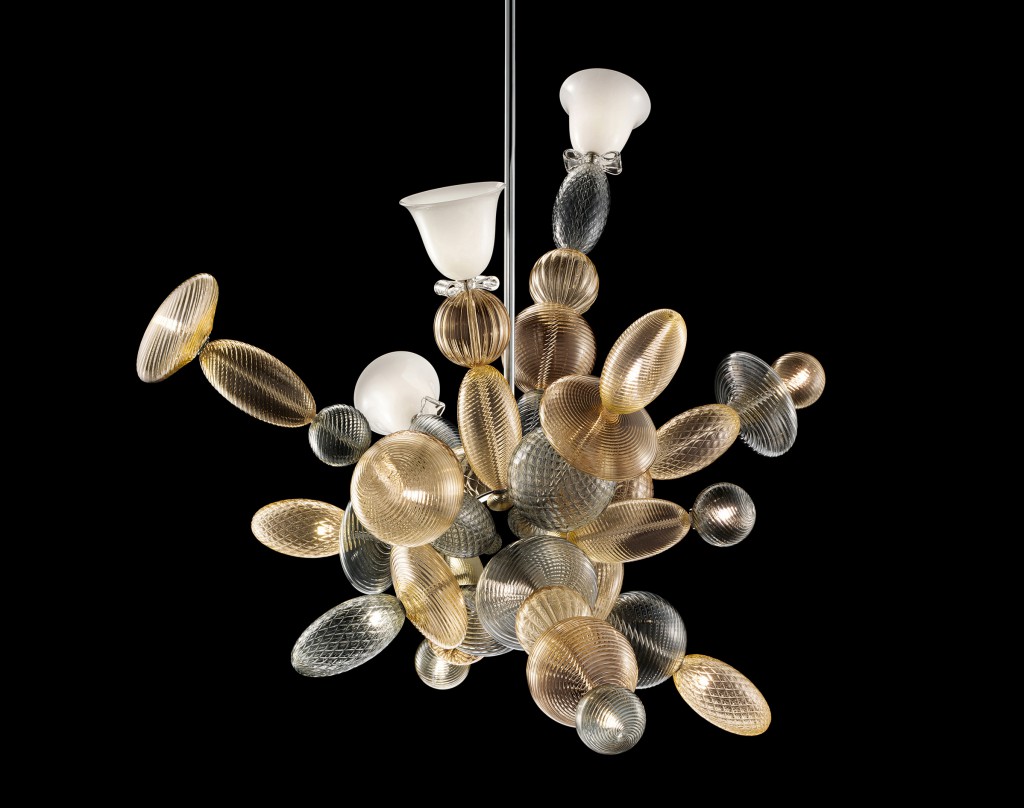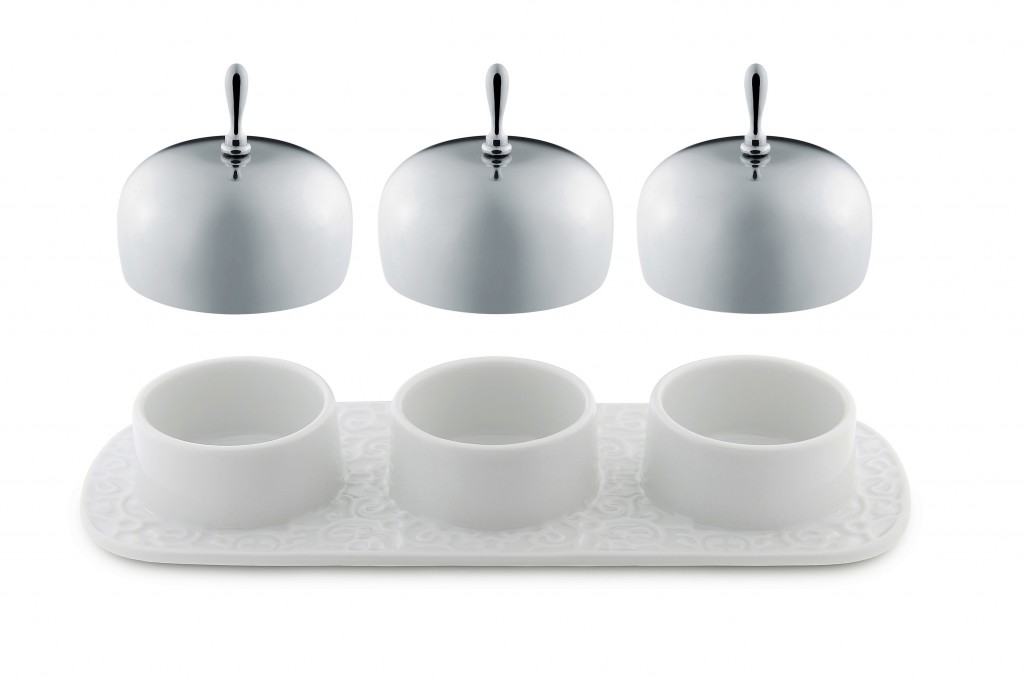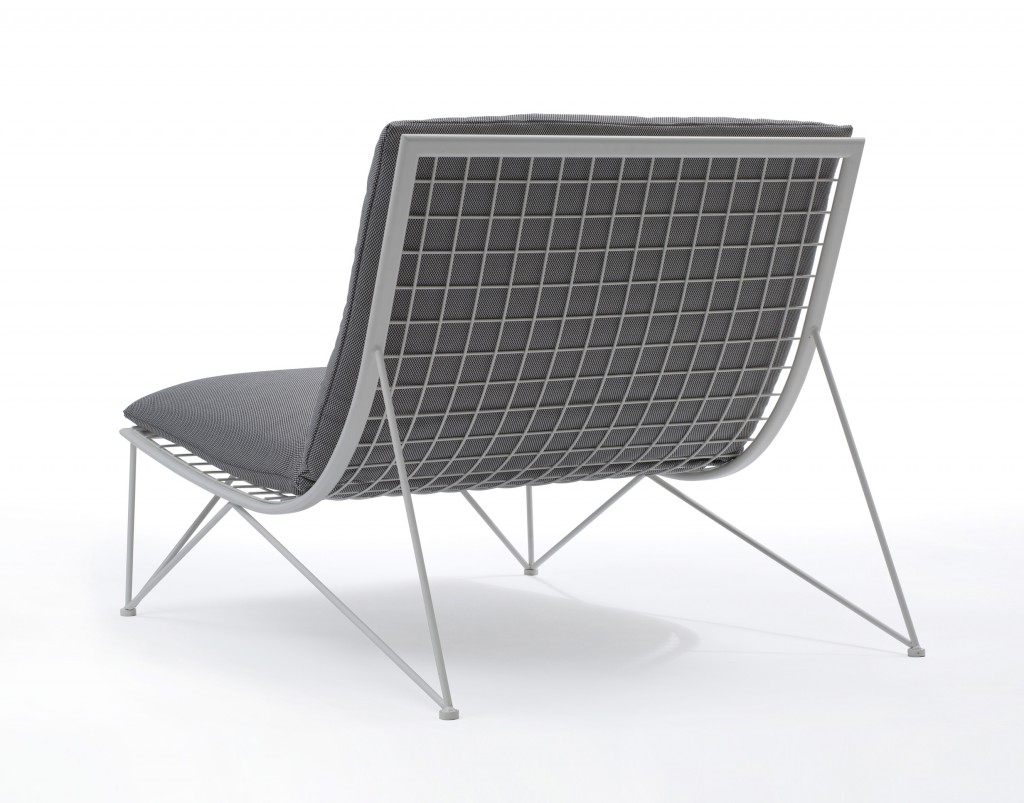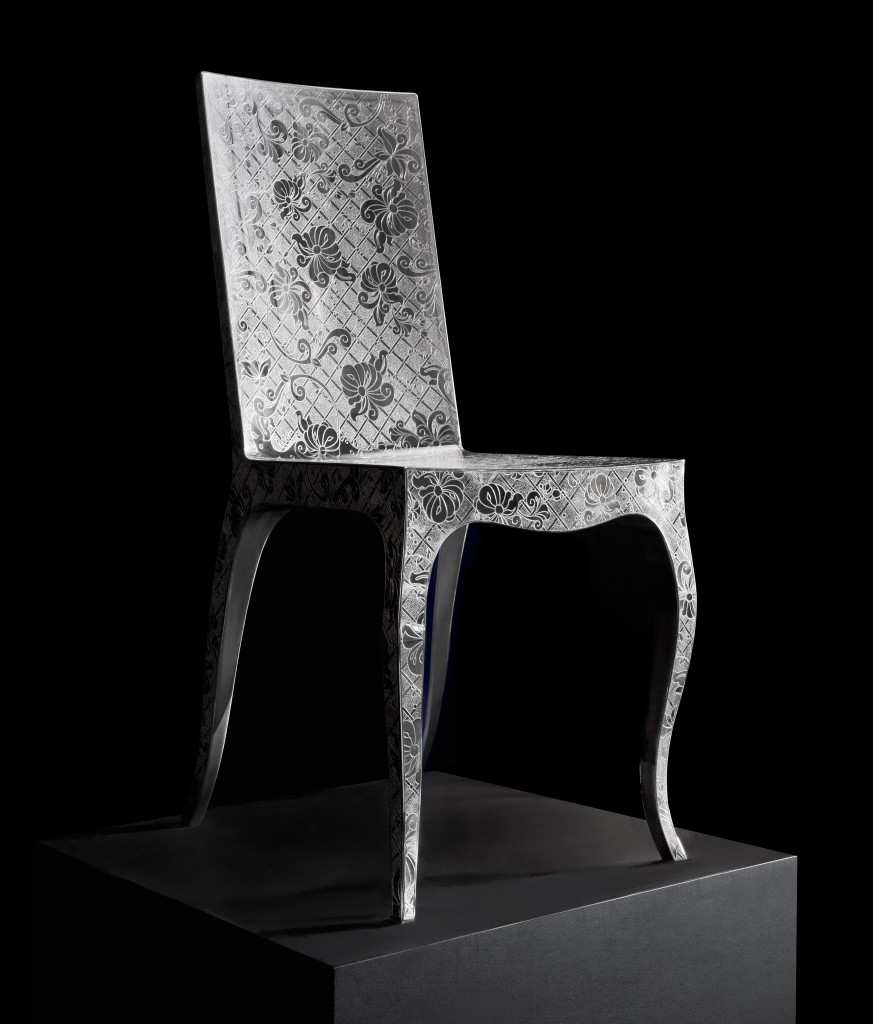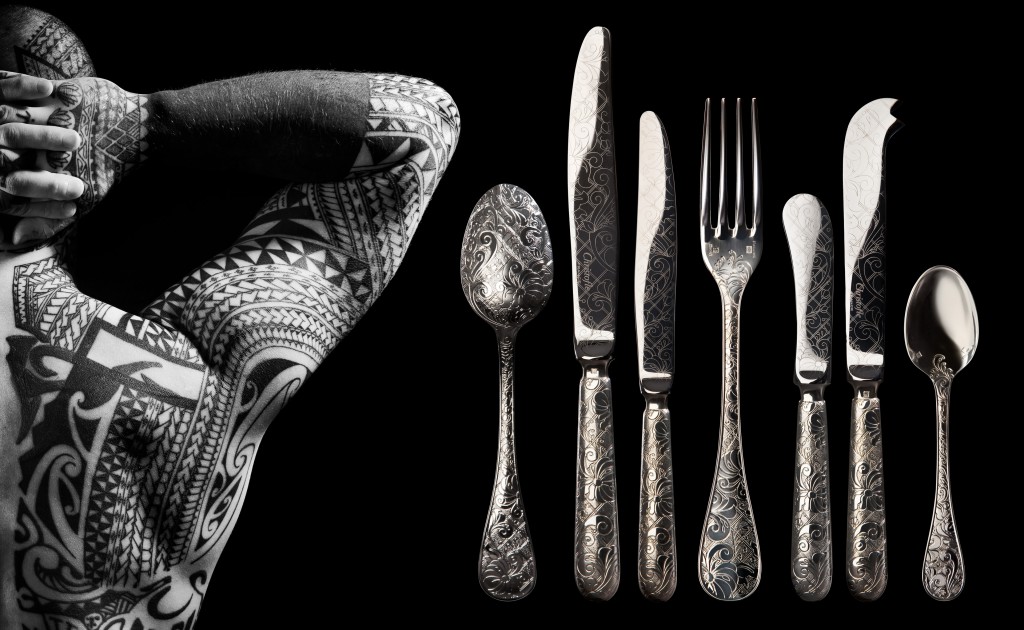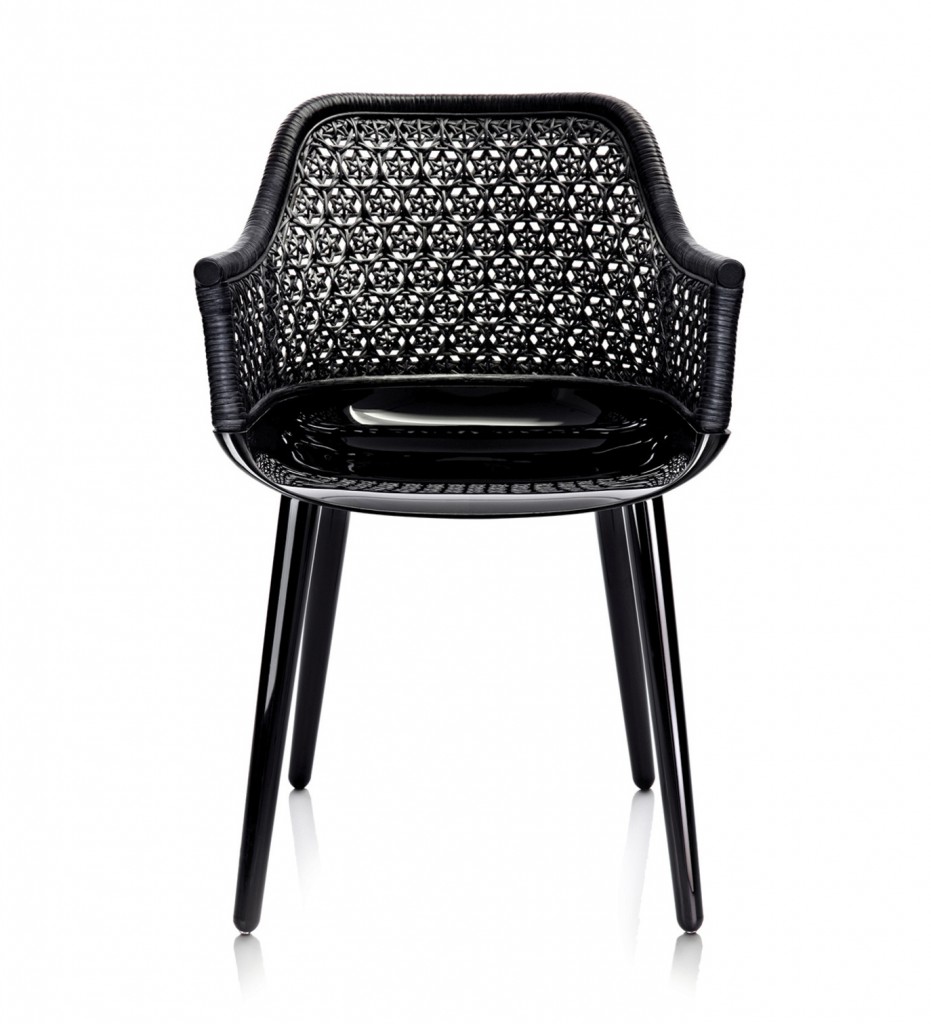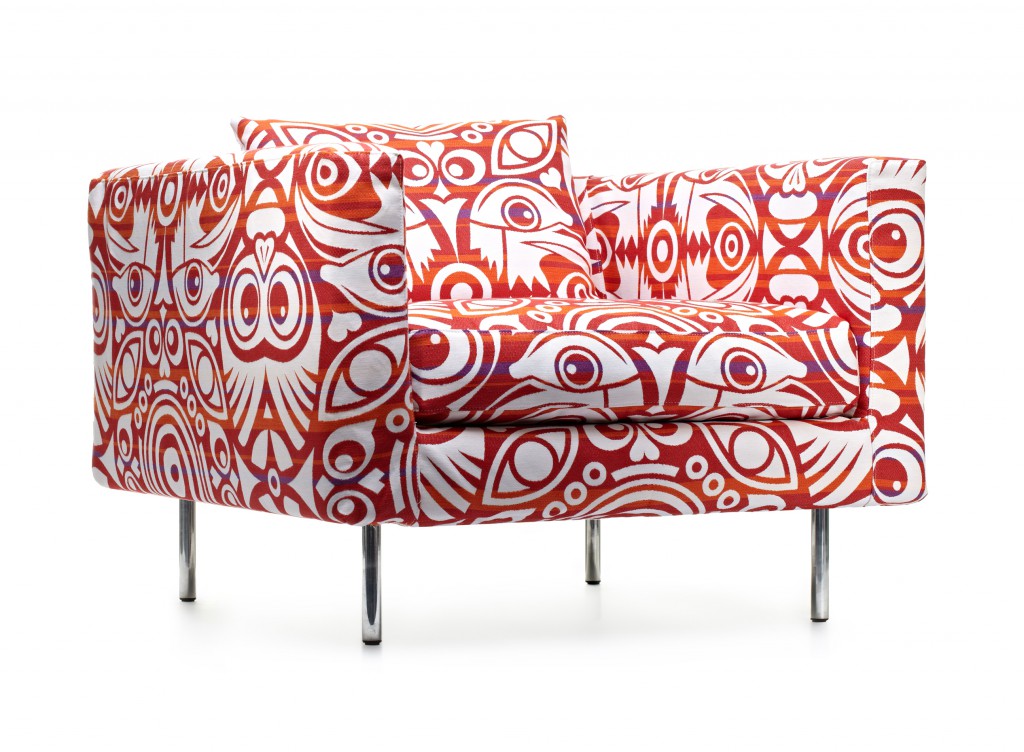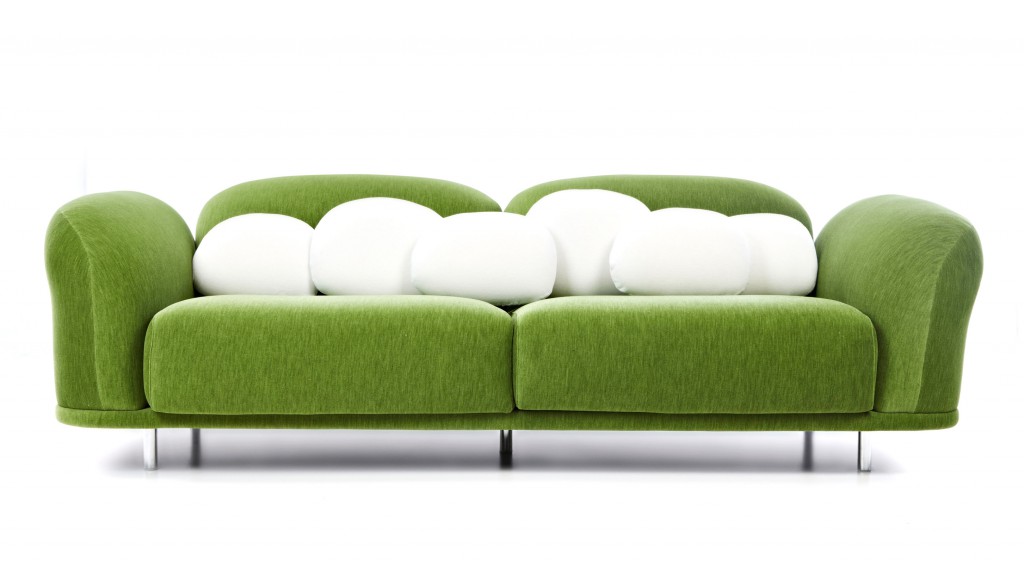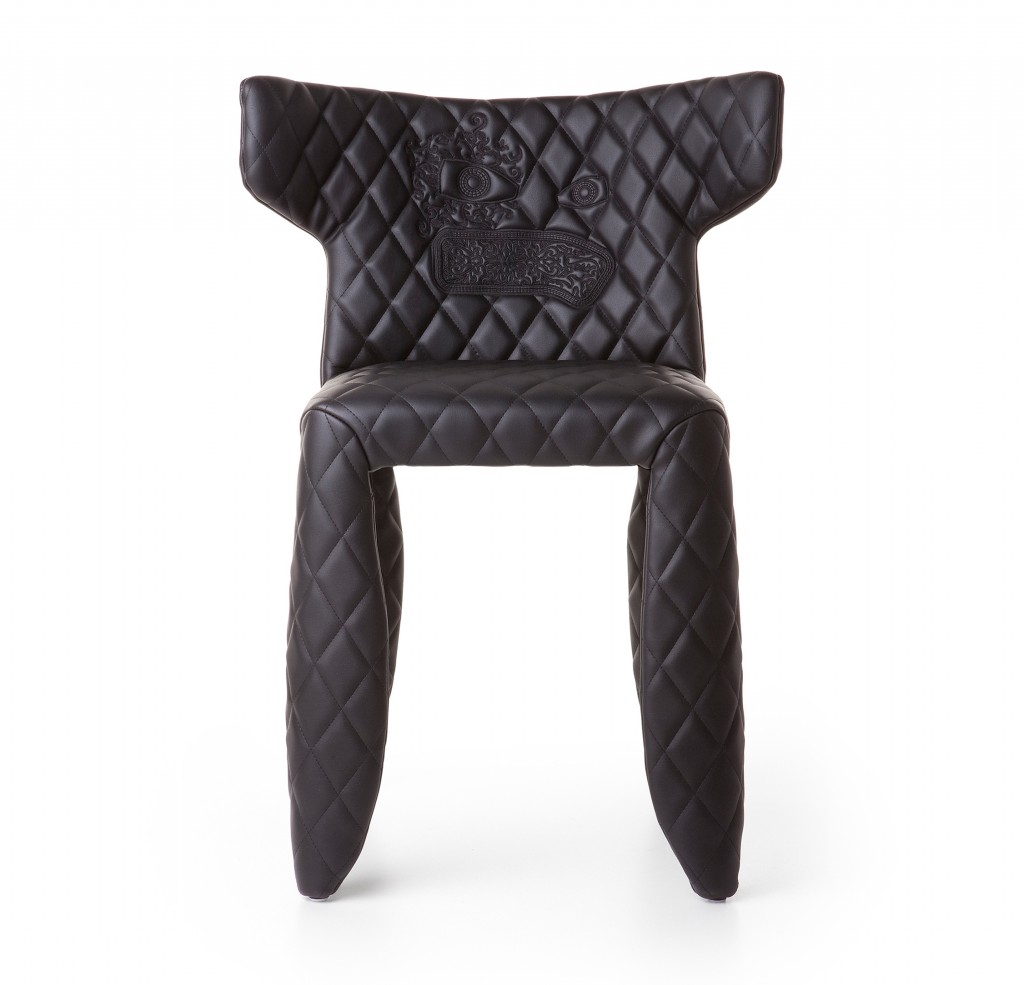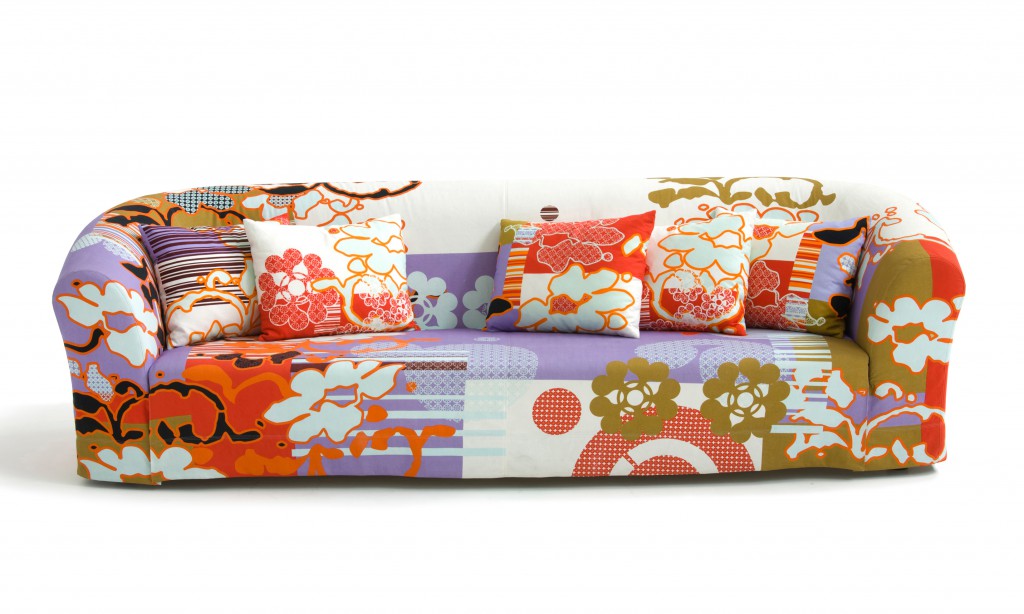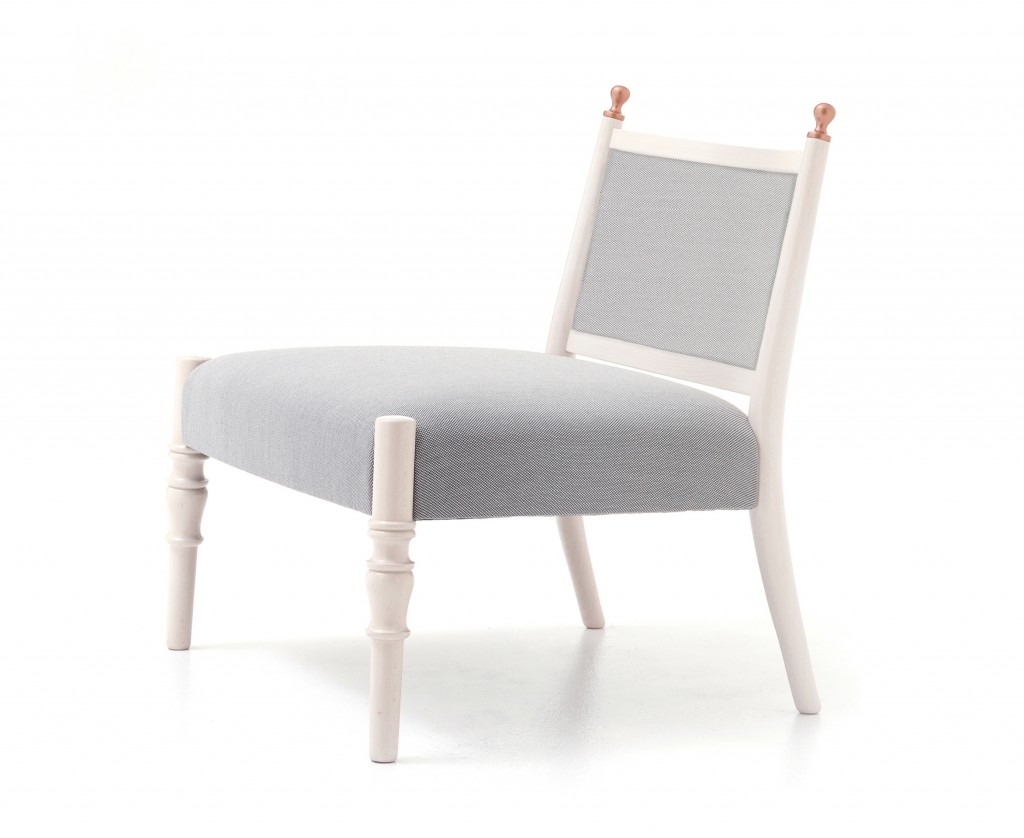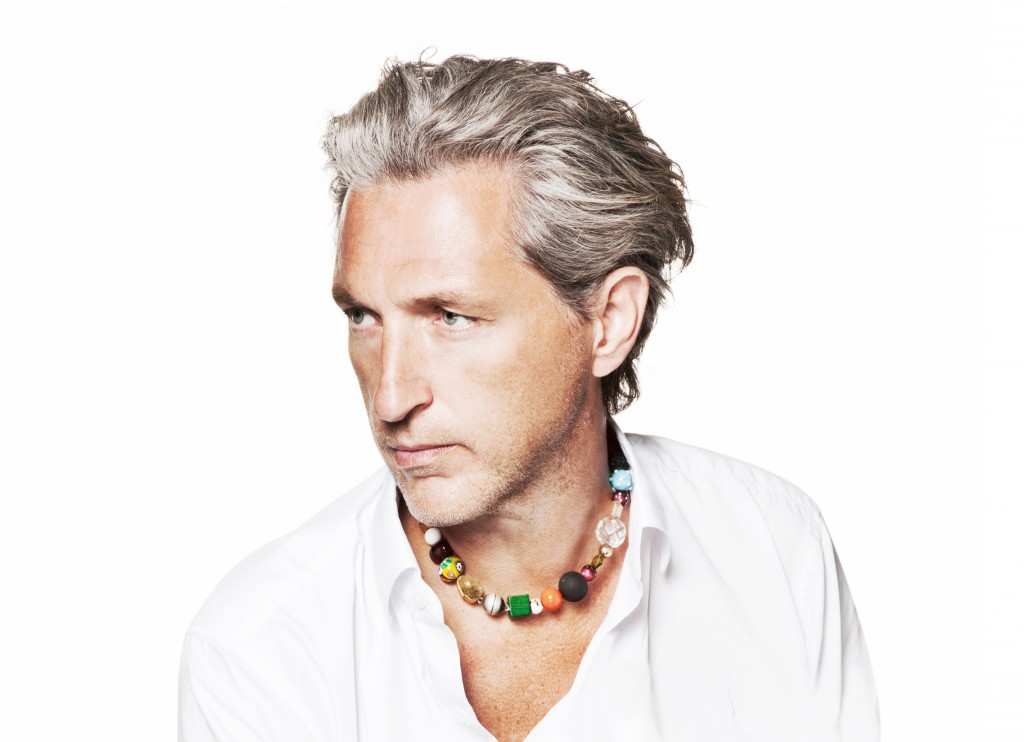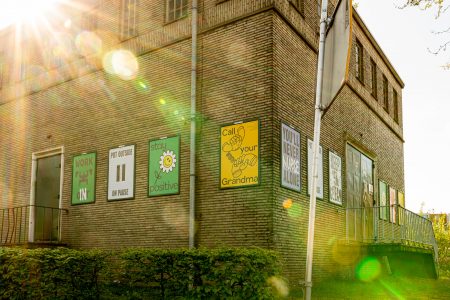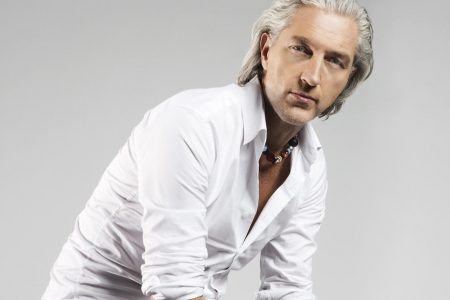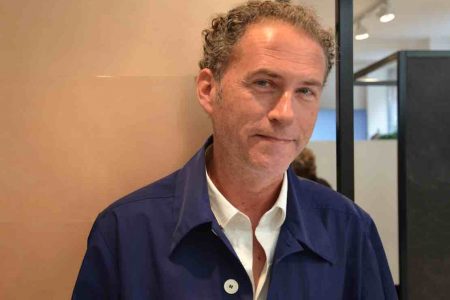
Material Tendencies: Marcel Wanders
Marcel Wanders‘ designs are aimed squarely at the head and the heart. Functional, yet at the same time poetic and entertaining, the Dutch designer never fails to surprise his audience.
Architonic recently met Marcel Wanders in New York City. No less surprising was his reaction to our question when having to choose one material only.
Marcel Wanders: That would be difficult. Basically the only material I am interested in is grey mass – your brain! Because that is the only material which is really making an effect for your experience. I don’t specifically care about stone, wood or plastics. I care about what my work does with my audience and I am really happy to be very free in which material I work with. I always try to use materials that I have never used before.
Anita Hackethal, Architonic: At what point within the design process do you decide in favour of a specific material? What comes first – the shape or the choice of material?
MW: Basically every project starts really open because anything is possible. But if you think about the project, you narrow down what is the real opportunity in a situation. It really depends on the clients you work for, the budgets, the place it has to go, etc. In the end, design is not like ultimate creativity. Design is being creative in a very, very narrow spot and seeing this huge space full of opportunities in that really little spot. I think this is where designers are different from a lot of other creative fields.
For instance, when you work with companies like Bisazza, you want to create something great, something unimaginable, something that people have never seen before. But finally it has to be their stones on the walls, in a very specific way because that is the company’s quality and its definition of their work. So by the time you define the target within the context of a project, the huge space suddenly becomes really small. And in this small spot you should be able to find an immense space with incredible opportunities.
It is wonderful to work with companies that have super high-end technologies, the know-how and the capacities. Companies like Bisazza, Baccarat, Christofle, for example, are good in one certain area, but on such a high professional level that they can master that little space like no other.
AH: What criteria come into play when deciding which companies to work with? I can imagine you receive many offers.
MW: If you are a designer, then basically your product is your baby, right? As a mother, you want to be sure you make good babies. You have to chose a really good father very carefully – smart and beautiful, so your babies will be smart and beautiful, more than yourself. You team up with people who contribute with all their energy and their genetic formula to make something together. If both parties bring their best to the table, projects can be magical. They can be something that you would have never been able to do alone. That’s why it is so great to work with good companies. I advise all of us to really look out for these gems out there.
AH: Have new technologies and manufacturing processes influenced your way of working as a designer?
MW: It is interesting. We had this large generation of people working on the industrialisation of furniture and it’s always been a target for designers. I think at this moment technology is moving quickly in very different areas, and it is we who have to make sure that we are on top of it. Today, we are digitally creating high-pigmented carpets where each millimetre gets 9 pixels of color – something that would have not been possible a few years ago. I also see more ‘unedited design’ around, which opens up to anyone. People can get more involved with their own ideas. These kinds of opportunities are happening today. It is not so obvious yet of how it is going to change, but I can see that something is going to happen tomorrow. We all have to keep our eyes open and make sure it is going to happen near to us.
This article originally appeared on Architonic, where TLMag presents articles in French and English.
